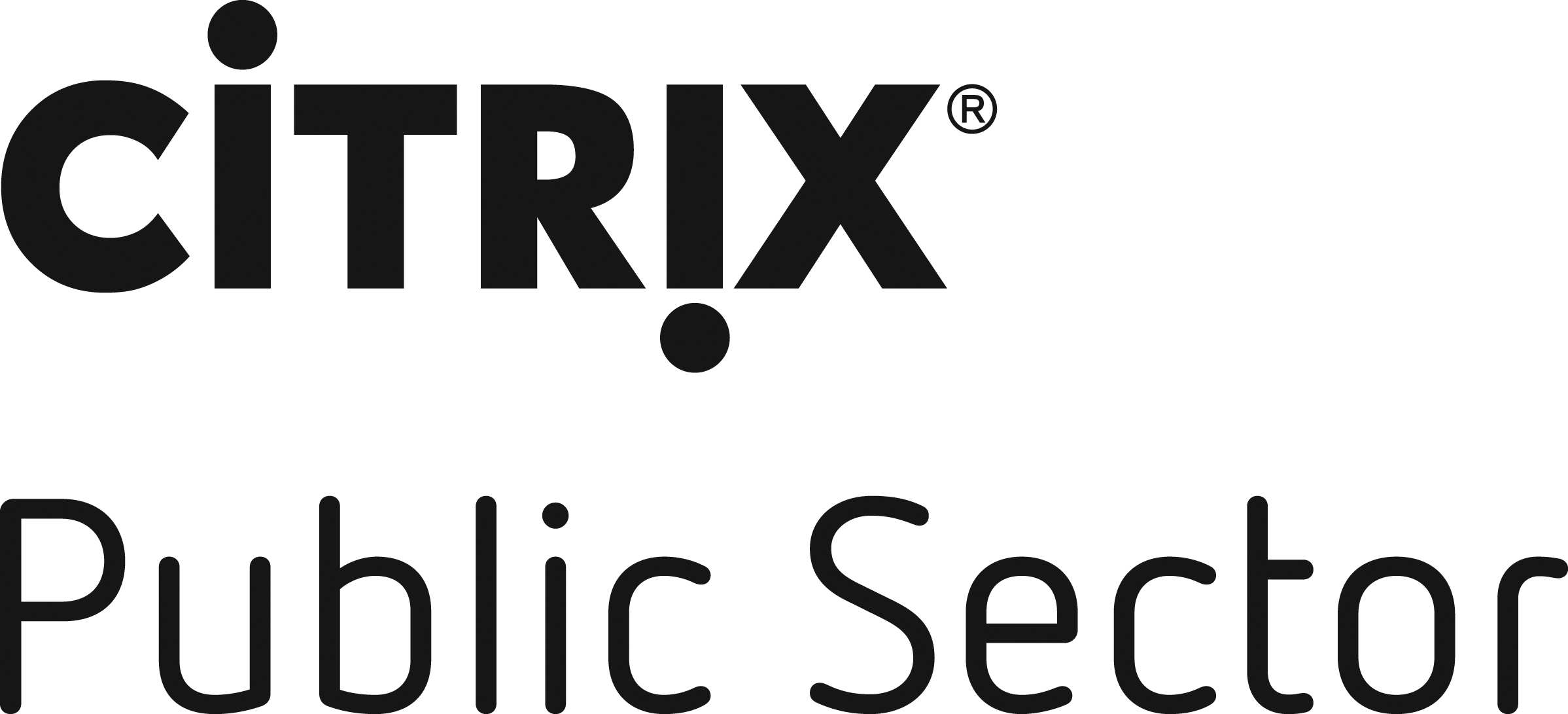The digital transformation of government has begun. The major driving forces in this transformation are cloud, mobility, big data analytics, the Internet of Things – and respective security concerns. At the same time, these technologies shape the business of government. It’s no longer the norm to stand in line at a government facility, waiting for a face-to-face interaction to complete a paper form before receiving a particular service. Today, citizens, contractors and employees can access and serve government from anywhere, anytime. Mobile apps and text messaging, web sites and automated email enable such access while ensuring private information is protected.
While agencies move some of their digital workloads to the cloud, they must also sustain some legacy systems and applications in government data centers. This new digital workspace offers dramatic improvements in productivity and mobility, but also presents challenges for IT and security professionals. Standardizing how applications are delivered to an increasingly mobile workforce simplifies the challenges presented when app suites can include legacy, client-server, Software-as-a-Service (SaaS) and mobile apps. In addition to app suite standardization, next generation networks are needed to assure both the availability and security of apps and data.
In this industry perspective, you’ll learn what comprises government’s digital transformation, the benefits of digital workspaces and next generation networks and how agencies can secure data and apps through cloud solutions.
Click here to see a Government Matters interview with Tom Simmons of Citrix discussing government’s digital future.







